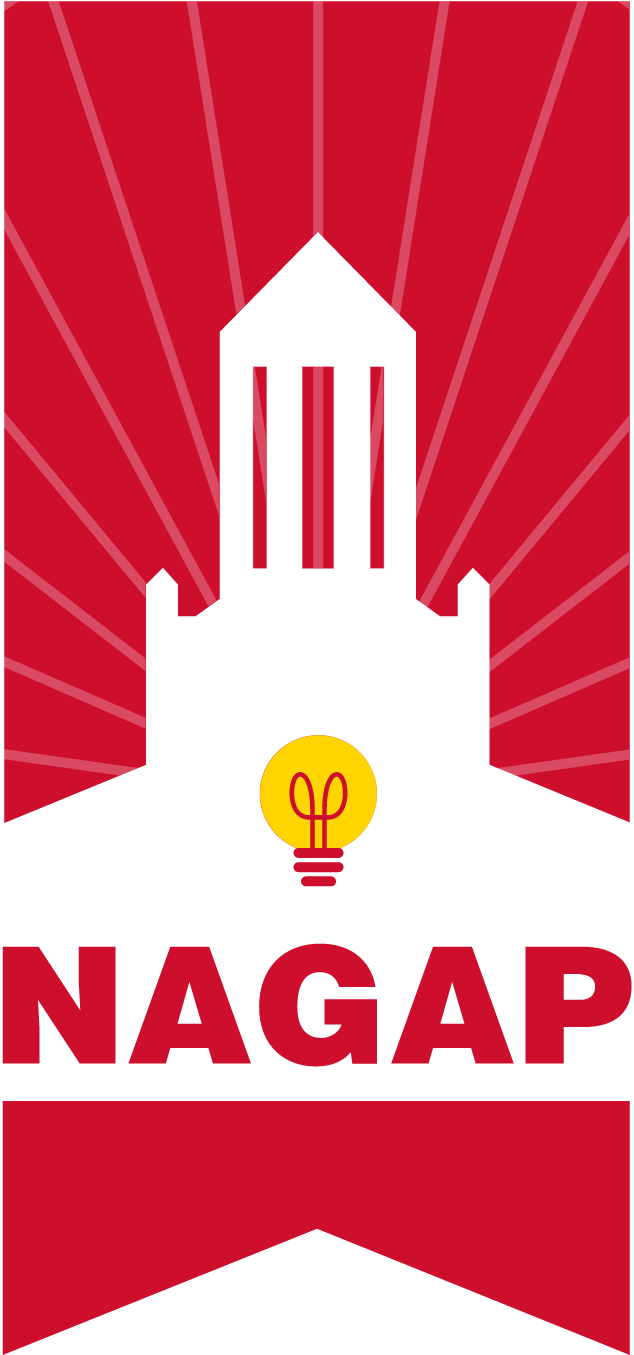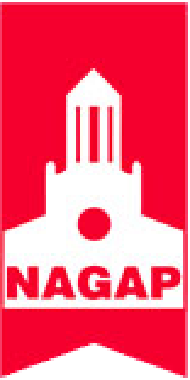Like finding a needle in a haystack. If you think this phrase describes how prospective students feel when it comes to connecting with your MBA program, you’re not alone.
“The reality is that prospective MBA students have so many options to choose from when it comes to choosing a program,” said Carrie Hopkins, director of client growth at Net Natives. “But, there are several strategies you can employ to stand out from the MBA program crowd — and catch your target prospects’ eyes.”
And the good news is Hopkins, and fellow Net Natives colleagues Matt Byerly, vice president of marketing, and Creative Director Charlie Penrose are here to assist. Read on for their six marketing tips to help you reach your enrollment goals.
Make data-driven decisions
Spending money on marketing tactics that aren’t informed by data just isn’t wise, Byerly said. “Always start with data — whether it’s market data or your institutional data,” he said. “Otherwise, you’re just throwing money out the window and hoping there’s ROI.” Here are questions you should be asking — and how you should use the responses:
Question: What’s driving your prospective students to pursue an MBA?
Importance: Use this information to segment your audiences based on key motivation drivers, and to inform the messaging and creative within your marketing collateral and ongoing nurture campaigns.
Question: What’s holding your prospective students back from pursuing an MBA?
Importance: Use this information to position yourself in a way that directly answers the concerns that are holding your prospects back from enrolling. Focus on messaging that highlights the unique resources and support that your institution/program offers. Your messaging can validate their fears — but it should also provide solutions that encourage them to proceed.
Question: What matters most in an MBA (e.g., quality faculty, convenient schedule, cost)?
Importance: Use this information to further assess your program offering. Does your MBA still fit the need within your market? If so, use this knowledge to drive messaging that clearly articulates core benefits. If not, use these findings to decide how your program can be improved and restructured in a way that aligns more directly with the needs of your target audience.
Question: Where do prospective students find information and spend their time online (e.g., LinkedIn, podcasts, etc.)?
Importance: Use this information to directly inform your paid media mix (advertising) and improve the overall ROI on that investment. Understanding the channels your audience uses will also help you improve your organic outreach and engagement strategies. For example, if your prospects are no longer using a platform like Twitter, but are heavily engaged on Instagram or on TikTok, that can influence your content/social strategy.
Ask alumni to share your story
People want to hear from people who have experienced your program. So, who better to help you promote your program than your graduates. “Ask them to help with testimonials for your website, see if they’re interested in doing a video that you can post to your LinkedIn page, or invite them to be part of an upcoming Q&A session with prospective students,” Hopkins said. “They’ve experienced your product, so if they’re willing, let them sing your praises.”
Create a user-friendly website journey
Whether it’s a landing page designed specifically for prospective students or your homepage, ensure that your most common entry point for prospective students is well-organized, and highlights any key resources/information you would want them to see including rankings, unique selling points of your program, etc. “In addition to creating a page that is user-friendly, you want the content to be visually engaging, not text heavy, and filled with imagery or videos that enable your target audience to see themselves as being enrolled in your program,” Penrose said.
Recruit your colleagues
Faculty and staff are also a valuable resource when it comes to promoting your program. “At minimum, faculty can share their stories for videos and other written testimonials,” Byerly said. “But, you can also get creative by leveraging their involvement in your recruitment efforts. For example, see if any faculty might be interested in doing informational interviews with prospective students. If they believe in your program, you’d be surprised at what they might be willing to do to help promote it.” Also, consider connecting with advisors at the undergraduate level at your university. “Take time to educate them about your program and the opportunities that students will have when they graduate with an MBA,” Byerly said. “If you give them the tools they need to understand and promote your program, they can help you build a pipeline.”
Establish a reputation as a thought leader
The focus of your content matters. For example, short news articles that update people on what’s going on with your program aren’t going to resonate with prospective students in the same way that more in-depth, strategic content will. “Instead of publishing an article that a certain faculty member has joined your program, publish an op-ed from the faculty member that highlights their experience or research and shows they are thought leaders,” Byerly said. Also, consider creating content featuring voices from your program that highlights or discusses trends and other developments in the business world. “This type of content connects with your prospective students and establishes credibility with them,” Byerly added. Looking for more strategies to position your team and program as thought leaders? Check out this Net Natives blog.
Harness the power of LinkedIn
If LinkedIn isn’t part of your social media mix, it’s time to make a change. “This is the social platform that professionals flock to,” Hopkins said. “People come to LinkedIn to search for jobs and professional opportunities, and to improve professionally. So, if you don’t have a presence here, you’re missing out.” Consider creating posts that link to blogs, articles, or other resources on your website. Or, use this as a place to highlight stories from your alumni, faculty, or staff.
Looking for more intel to help you market your MBA program effectively? Be sure to download the Net Natives white paper “MBA market 411: The scoop on how to stand out in the crowd” for the details!

About Amelia Pavlik
For more than 15 years, Amelia Pavlik has worked in a variety of roles in communications and marketing. Currently, as content and campaigns manager for the global higher ed marketing agency Net Natives (www.netnatives.com), Amelia oversees the company's U.S. marketing content strategy. Prior to her time at Net Natives, Amelia worked in internal communications at Georgia Tech for almost 12 years — with more than eight spent supporting graduate student marketing efforts as communications manager for the Office of Graduate and Postdoctoral Education. Amelia has also served as editor of multiple Wiley higher ed trade publications including Dean & Provost, Enrollment Management Report, and Nontraditional Students Report. She has presented at a number of national and international conferences and events (including NAGAP's annual GEM Summit) on a variety of communications and marketing topics. And Amelia served as national media relations lead for NAGAP from 2015-2018. In addition to her work in higher ed, Amelia is also a freelance wellness writer for a variety of U.S. outlets and for her own website. Interested in connecting? Feel free to shoot Amelia an email or connect with her on LinkedIn.




